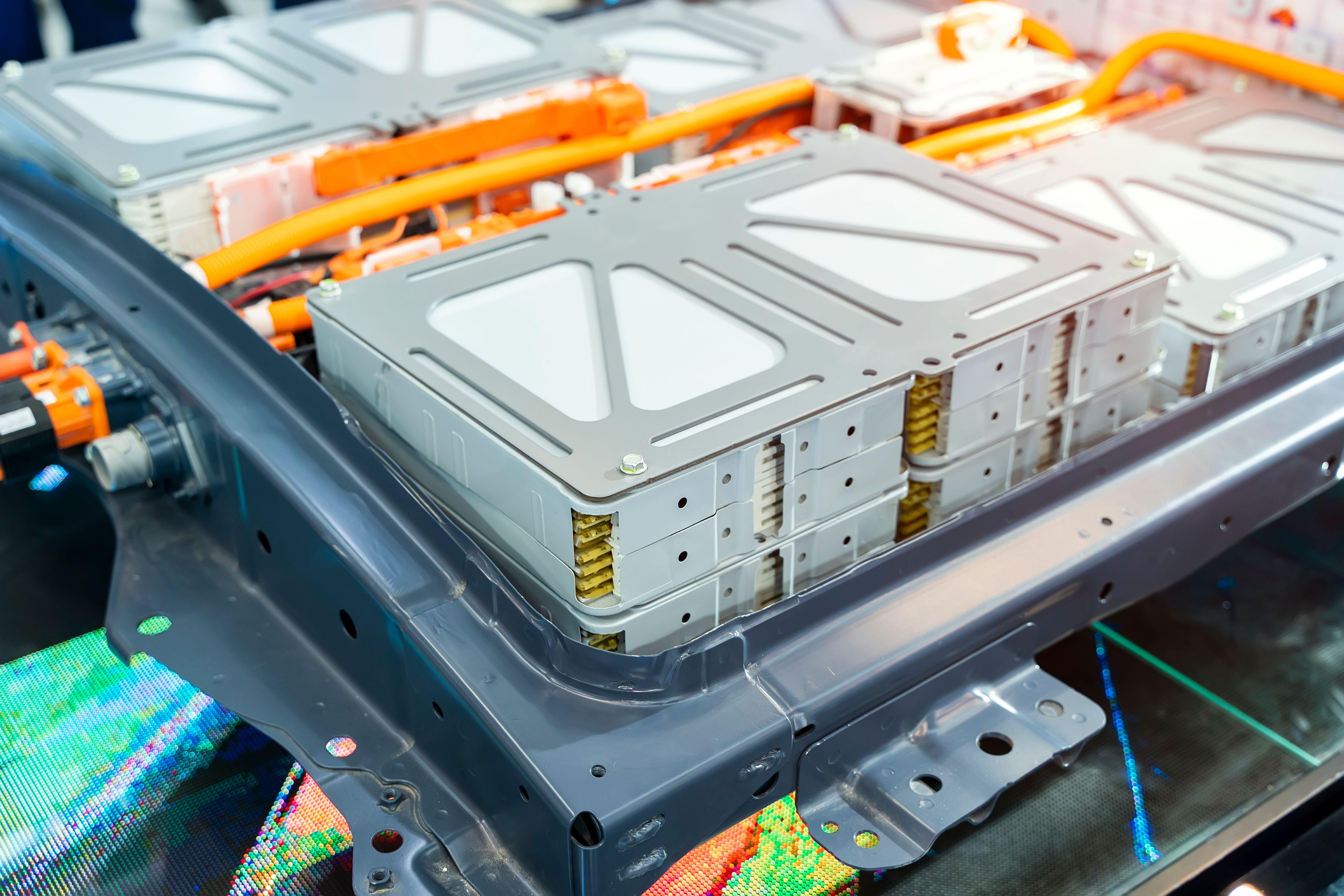Reneos: the European tailor-made solution for end-of-life batteries
Reneos is a European network specialising in the collection and recycling of batteries, and offering tailor-made solutions. Read more about it here
With great revolution comes great responsibility. As the EV market is booming, the entire industry is bound by its duty to carefully consider battery recycling.
The EU legislation is clear: for every lithium-ion battery you bring into circulation, it is your obligation to deal with its afterlife. However, not just any way of recycling will suffice.
That’s where the term ‘recycling efficiency’ (RE) comes in. This metric helps the EU monitor the recycling efforts of its member states, and meet its environmental objectives.
So what exactly is ‘recycling efficiency’? What is your responsibility in this matter? And how do you measure up to the standard? In this article we’ll answer all of your questions.

The environment has been a major EU concern for years now. That’s why in 2006, the European Parliament and Council released a Directive (2006/66/EC) with the purpose to minimize the negative impact of batteries on the environment. This means that all types of used batteries - including lithium-ion batteries - need to be collected and recycled to extend their sustainability.
As a way to monitor the recycling efforts of its member states, the EU introduced ‘recycling efficiency’, which expresses the ratio between the mass of the output fractions and the mass of the input fractions. In simpler terms, it answers the question: what percentage of the entire battery was actually recycled?
The Directive states that recycling processes should achieve the following recycling efficiencies:
As the Directive was composed many years ago, there’s no distinct percentage for lithium-ion batteries yet, but a much needed update is expected very soon (before the end of 2020). For now, lithium-ion batteries fall into the category of ‘other batteries’, with a required recycling efficiency of 50%.
Recycling efficiency of a recycling process is the ratio obtained by dividing the mass of output fractions by the mass of the input fractions, expressed as a percentage.
The input fractions are the components of the battery that enter the recycling process. These include fluids, acids and the mass of the external jacket of the battery. (The outer casings of the battery pack are excluded from the recycling process.)
The output fractions are the components that are suitable for recycling after the breaking of the battery. These include carbon, oxygen, and materials of the battery contained in the slag.
For lithium-ion batteries, the current required minimum recycling efficiency is 50%, so the mass of the output fractions need to be at least half of the mass of the input fractions. In other words: half of the battery needs to be recycled.
Every EU member state needs to meet the required recycling efficiency for lithium-ion batteries. That’s why the local governments need battery recyclers to report their percentages yearly. If the recycler meets the standards, he receives a certificate.

Now, what is your responsibility in this matter?
That depends on your activity. As a producer you have ‘take-back obligation’, which means you have the responsibility to collect used batteries and have them recycled the appropriate way, by a certified recycler.
The recycler (whether that’s you or a recycling company you partner with) bears the reporting responsibility. Every year, the first recycler of used batteries reports the recycling efficiency percentage to the local government.
So assuming you are a battery producer, there’s three ways to go about your recycling duty: the hard way, the common way, and the smart way:
Just like Tesla with its Nevada gigafactory, you could create your own in-house recycling process. In that case, you act as your own ‘recycler’, which means you bear the responsibility to report your recycling efficiency percentage to the government.
The main advantage of this approach is that you get to keep the valuable metals and materials, and you can easily reuse them for the production of new batteries. On the other hand, it takes a significant investment to set up an entire recycling facility in your business. So if you don’t have Tesla’s budgets (yet), this might not be the most efficient approach.
If you don’t feel like taking care of your own recycling, you can find specialised partners to do it for you. A certified partner is guaranteed to meet the recycling efficiencies.
Some big EV manufacturers like BMW and Audi have opted for this approach, with partnership deals with a company like Umicore. The reporting responsibility in this case lies with Umicore, leaving the producers free from worrying about recycling efficiency.
However, dealing with recycling partners can become a complex task:
After all every country has its specific compliance regulations to take into account. That’s why Reneos proposes a third option.
If your vehicles and batteries are operating in many different countries, you would need to know how to comply with the national legislations, and come up with a tailor-made plan that covers collection and recycling in all of these countries. Or... you can pass that burden on to Reneos.
Reneos has the largest network of national battery collection partners in Europe, who are specialised in battery aftercare. We streamline your entire battery collection and recycling process, across 20 countries in Europe (and perhaps beyond). We create a tailor-made plan, in accordance with all the national regulations.
Roles and responsibilities in a Reneos recycling plan
|
The greatest advantage of this option is that you have one single point of contact throughout the entire process, and you don’t have to worry about ‘recycling efficiency’ or other legal compliance. Reneos takes care of everything for you.
Do you want to find out more about Reneos’ services?